For two years and counting, the ever-present reality of COVID-19 has dominated headlines and newsrooms worldwide. Whether you’re adding to the soon-to-be-endemic conversation or seeking media coverage for a completely different reason, you might have noticed: It’s been hard to get a word in edgewise.
But the pandemic isn’t the only factor impacting all things media — shrinking newsrooms, shifting consumer behavior, leaner budgets and the rise of pay-to-play options have been building for years, contributing to journalism’s continued evolution. Health care organizations trying to cut through the noise and reach these outlets on their own face a particularly challenging task, as time, resources and well-established relationships become even more essential to earning your spot in the media. And if a top-tier publication is in your sights, that task becomes all the more challenging.
Crafting an attention-grabbing pitch is an important part of the process, but it’s only half the battle. Here are a few considerations to help you and your PR partner identify newsworthy content, find the right vehicle and package it most attractively to deliver your organization’s message in a post-pandemic environment.
Data
Whether proprietary or third-party, data helps solidify and reinforce your organization’s narrative. From a reporter’s perspective, a pitch is only relevant when there’s enough supporting evidence to make the story truly newsworthy. Compelling statistics, survey results, original research and case studies validate your product, service or point of view and demonstrate to journalists that it holds water.
Be sure to share data your organization produces openly with your PR partner and update it frequently so they can use it to your advantage. The more information they have to collect, analyze and distill into a news hook, the better equipped they’ll be to generate media interest.
Stories
Media outlets and consumers alike gravitate toward human interest stories — not only are they emotionally evocative, they help bring otherwise clinical or dry details to life for health care businesses ranging from hospitals to the newest health tech services companies. Patient stories are the holy grail of health care news, and can serve as a great way to humanize your brand in the eyes of readers and reporters. Seek potential angles around how your organization successfully improved a patient’s life or saved them money, for instance. Stories that highlight improvements to health care delivery and operational efficiencies are also likely to pique your audience’s interest.
Budget for Paid
From social media ads to search engine marketing (SEM), paid media placement has risen dramatically in recent years and has taken on many formats, some of which are barely distinguishable from earned media, especially to the average reader. You may have shied away from paid media in the past because of perceived stigma around impartiality, and while earned media is arguably more credible, most readers don’t make those fine distinctions. If it’s targeted toward their pain points and is sanctioned by a well-known and trusted media brand, they’ll read and react.
The beauty of paid placement is that it removes barriers to entry — for a price. Paid access allows you the creative freedom to explore a much wider range of topics, but it also requires a healthy budget, making it important to assess the potential ROI of paid campaigns before you pursue them. For example, if you partner with an outlet to host a webinar, will you have access to leads via an attendee list? Will the event recording be available on demand in the future? Can you promote the event via your own social media and business development channels? Answering these and other questions upfront will help you determine whether the effort and cost are worth the outcome.
Relationships
As PR professionals, we spend considerable time and energy forging relationships with reporters and their publications. This allows us to dig into our deep list of contacts on our clients’ behalf to secure media coverage from the best of the health care press. We’re also able to advise on what’s newsworthy and what’s not, so you don’t waste time pitching content that’s unlikely to resonate with your target audience.
Snagging a byline or appearing in your prospective customers’ newsfeeds has never been easy, but the pandemic added an extra layer of complexity to what was already an anxiety-inducing process. The internet is crawling with content, making the competition for coverage hard-won. With assistance from an industry expert, you can ensure your message makes an impact.



